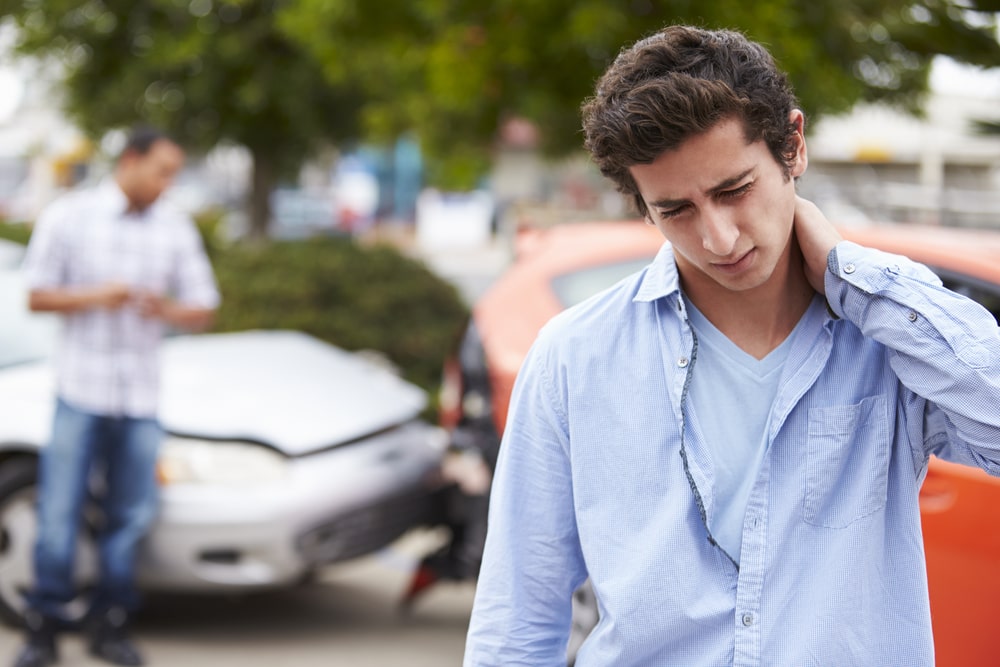
The best evidence rule is codified in the Federal Rules of Evidence (FRE) as rule 1002. In essence, the rule provides that in order to prove the content of a document, recording, or photograph, the original item itself must be presented in court. The purpose of this rule is to ensure the evidence is reliable and unaltered. Like any legal rule, the best evidence rule comes with its exceptions, allowing the use of secondary evidence under certain circumstances.
Understanding The Best Evidence Rule
At its core, the best evidence rule is straightforward: to prove the content of a document, recording or photograph, the original item itself must be presented in court. For instance, if a confession letter from Billy is presented to prove his involvement in a crime, the original letter is required, not a copy or summary. This requirement is rooted in the desire to minimize misunderstandings or distortions that might arise from relying on secondary sources.
Flexibility Within The Best Evidence Rule
While the best evidence rule might seem rigid, it offers flexibility in several ways:
Duplicates. FRE 1003 allows for duplicates to be used in place of the original if they are an accurate reproduction, ensuring that the proceedings are not hindered by the unavailability of the original document.
Summaries and charts. Recognizing the impracticality of examining voluminous documents in court, FRE 1006 permits summaries, charts, or calculations to be admitted as evidence, provided the opposing party has been given reasonable access to the original or duplicate.
Witness testimony. In situations where the original document cannot be located, witness testimony may be utilized to prove the content of a document, recording, or photograph, assuming the witness has independent knowledge of the facts and did not derive their understanding solely from the item in question.
Exceptions To The Rule
Courts understand that circumstances might not always allow for the presentation of original evidence. Thus, the best evidence rule includes four key exceptions that permit secondary evidence:
Lost or destroyed originals. Secondary evidence is admissible if the original document has been lost or destroyed, barring any bad faith by the proponent.
Unobtainable originals. If the original cannot be obtained by any judicial process available to the proponent, secondary evidence may be allowed.
Withheld originals. Should the opposing party control the original document and fail to produce it at trial despite prior notice, secondary evidence becomes permissible.
Non-critical evidence. In cases where the evidence is not closely related to a pivotal issue in the trial, such as a photograph to impeach the credibility of a non-key witness, secondary evidence may be used.
The best evidence rule serves as a critical filter in the legal process, ensuring that the evidence presented in court is as close to the original and, therefore, as accurate as possible. However, the rule tends to be swallowed by its exceptions as originals are not always available. Through allowing duplicates, summaries, charts and exceptions such as lost or inaccessible originals, the rule strikes a balance between the ideal of perfect evidence and the practicalities of legal practice. This embodies the judicial system’s ongoing goal of acquiring truth and fairness.
Thanks to the car accident lawyers at Eglet Adams Eglet Ham and Henriod for their insight on the Best Evidence Rule.
If you need help with evidence or understanding your case, contact a lawyer near you.
